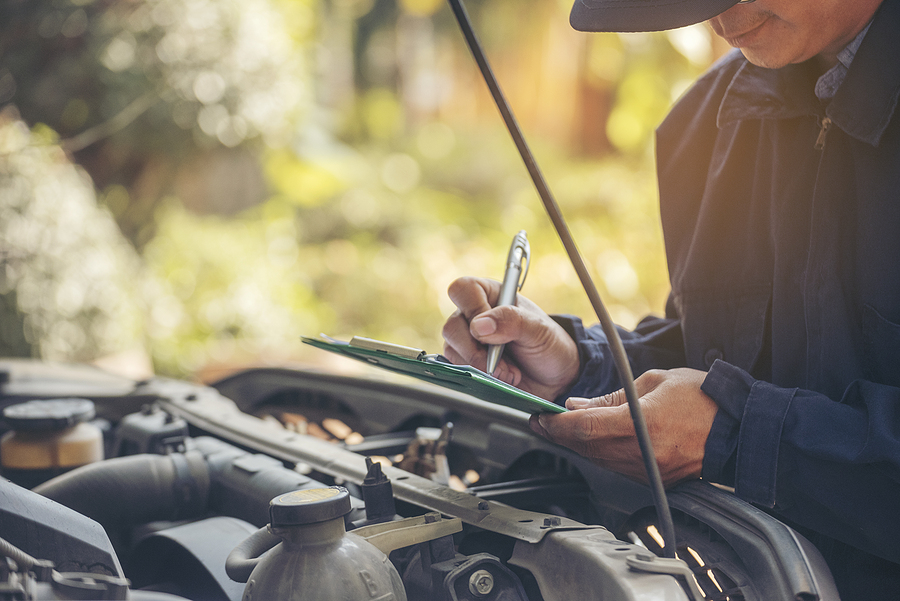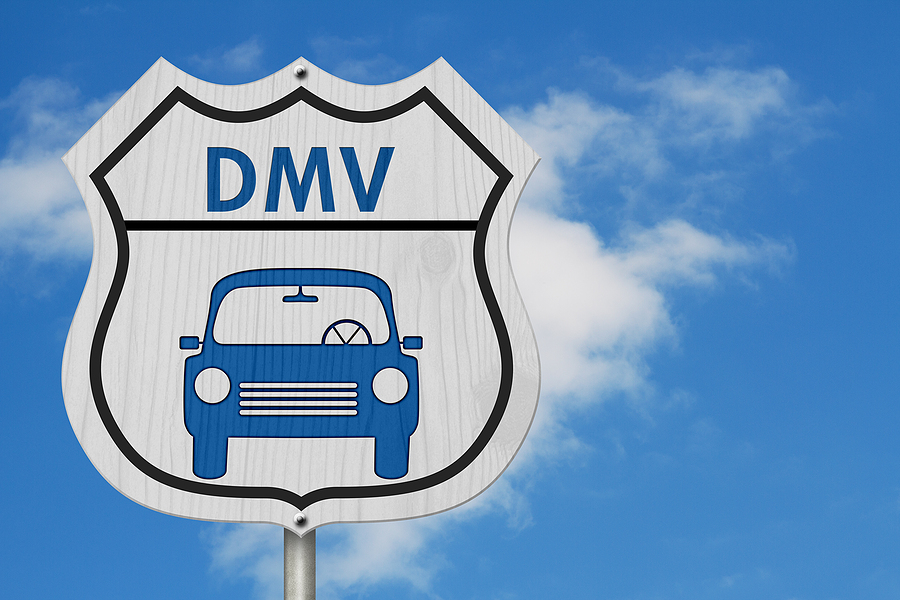Whether you are new to driving in Australia or you have been behind the wheel for years, it’s crucial that you always have the right documentation with you when you’re on the road. While you will always need to have your drivers license and vehicle registration with you, there are other documents you will need to ensure you are legal on the road. One crucial document that you should always have when you are driving is a Roadworthy Certificate.
A Roadworthy Certificate shows that your car is safe enough to be driven legally on public roads. This is an official document, required by law, to ensure that your vehicle is maintained and safe to be driven. Roadworthy Certificates are issued by approved inspection stations that inspect your vehicle to determine whether your vehicle is roadworthy or not. Certificates are issued digitally or as a written copy, depending on your preference, and are essential in keeping our roads safe and limiting the number of accidents caused by faulty vehicles.
Let’s take a look at what goes into getting a Roadworthy Certificate so you can ensure you always have the documentation you need.
When Do You Need A Roadworthy Certificate?
A roadworthy certificate may be required for a number of different reasons and there are different rules from one state to the next. However, typically some of the reasons you might need a Roadworthy Certificate might include transferring the registration of your car to someone else, for example when the vehicle changes ownership.
Some states require that you have a Roadworthy Certificate in order to renew the annual registration of your vehicle. You will also require a Roadworthy Certificate if you are registering an unregistered vehicle that you want to put back on the road. Finally, if you are selling a registered vehicle such as a car or a motorbike, the vehicle may need to obtain a Roadworthy Certificate before it can be sold, depending on the State or Territory you are in.
What Is Inspected To Get A Roadworthy Certificate?
Bringing your vehicle to an approved inspection station can sometimes feel a little overwhelming. Many vehicle owners worry about the worst and everybody has heard a worst-case scenario story at one point or another regarding failed inspections. However, even if you do fail the inspection, you still have fourteen days to make the necessary repairs to pass on the retest.
There is a range of different areas of your vehicle that will be checked during an official inspection. These include seatbelts, mirrors, tyres, doors, windows and general bodywork. In the front of the vehicle, they will also inspect the driver’s seat, sun visors, windscreen and steering. The aim of your headlights, their light brightness and the interior lights will also be checked. Under the hood, the inspection team will conduct an engine health check, run a battery test, check the suspension, look at the wheel bearings, inspect the underbody, chassis and subframes before checking the exhaust and the brake components. Finally, the hand brake and the odometer will be looked at before the vehicle is finally brought on a road test by an inspector.
If your vehicle passes all of these checks, you will receive your Roadworthy Certificate.
Common Issues To Pay Attention To
Preparing your vehicle for the Roadworthy Certificate inspection ahead of time can help you to solve any issues that might cause you to fail. When you are bringing your car to the mechanic prior to the test, there are some areas that you should ask them to focus on where many vehicles fail. These are typically simple issues that are commonly overlooked by vehicle owners when they are preparing for tier inspection and are generally straightforward to fix ahead of the test.
Firstly, make sure that your tyres are in good condition, properly inflated and have the correct tread depth. You should also look for any oil leaks and fix any that you might find.
One of the most common reasons for failure in the test is the lights not working or working incorrectly so be sure to check the bulbs, the brightness and the angle of your lights.
Both your wheel brakes and hand brakes should be working perfectly and finally, check to ensure that all of the mounts that hold the different elements of your car together are safely tightened.
Pass Your Next Roadworthy Certificate Inspection Successfully
Bringing your vehicle in for a Roadworthy Certificate inspection can be overwhelming at first, however, if you have taken the time to look after, service and maintain your vehicle, you will have nothing to worry about. With a little planning and preparation, you can ensure that you have every chance of passing your inspection and getting your Roadworthy Certificate. And, even if you fail, you still have fourteen days to solve the issues and retest your vehicle again, so all is not lost.
Image Source: BigStockPhoto.com (Licensed)
Related Categories: Cars & Vehicles, Reviews








